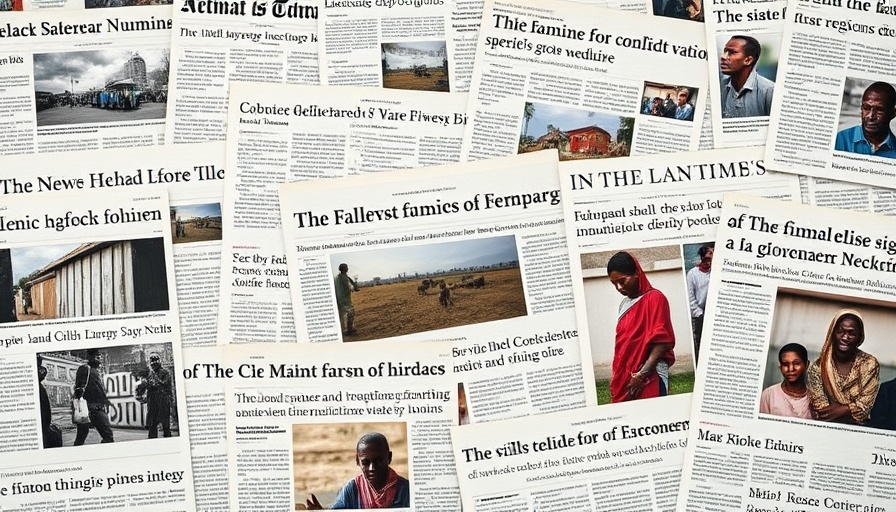
The Rise of the New Right: A Transformative Movement
As America enters its next political chapter, the New Right emerges as a beacon of change and (if not caution) controversy. Drawing on insights from Matthew Continetti, we must consider the New Right's essence: a unique blend of populism with a potential to energize disenchanted voters, yet fraught with challenges that test its resolve. Continetti argues that eight years post-Donald Trump's election, the New Right represents more than just a faction — it has become the orthodoxy of the Republican Party. Understanding this evolution helps elucidate the driving philosophies and societal dynamics shaping today's political climate.
The Convergence of Populism and Conservative Ideals
Reflecting on a revealing conference in December 2016, early architects of the New Right articulated discontent towards the former conservatism that ignored the struggles of the working class. Speakers like Yoram Hazony and R.R. Reno critiqued prior GOP policies that favored free trade at the expense of manufacturing jobs and social stability. This gathering became a clarion call; many took to heart Trump's message as a revolutionary opportunity to restore the party's focus on nationalism and religious values.
Trump: A President of Transformation or Turmoil?
As Trump's presidency unfolded, its impact proved polarizing. While supporters lauded his confrontational approach to the left and efforts to prioritize American interests, critics decried the normalization of divisive rhetoric. Seven years on, supporters of the New Right continue to face the dual questions of ideals vs. perception. Is it a formidable political establishment, or has it solely become a vessel for grievances? The distinction has profound implications for future political landscapes.
The Ongoing Reckoning: Successes and Challenges
Many within the New Right argue for a more assertive course, advocating policies that directly address economic inequities and defend nationalism. The resistance to prior establishments indicates a longing for someone who will not shy away from hard truths and difficult decisions. Nevertheless, conflicting objectives within the movement could lead to further splintering, as factions may prioritize various issues such as economic policies, immigration, or cultural wars differently. The challenge remains: Can the New Right present a cohesive front to court mainstream support while remaining loyal to its populist roots?
The Future of the New Right: Predictions and Possibilities
What lies ahead for this evolving movement? Experts suggest a couple of possible trends: a sustained embrace of anti-establishment sentiments could further alienate moderate voters, while a focus on practical solutions might attract more mainstream conservatives back into the fold. As history has proven, ideological and practical disparities can lead to volatile political climates. The New Right must navigate this landscape with wisdom and strategy, particularly as it approaches critical electoral battles.
Engagement and Discourse: A Call to Action
Whether you identify with the New Right or approach it with skepticism, the real political discourse demands your involvement. As Philadelphia's top wage earners, your perspective shapes the future. Fortifying engagement through dialogue, community involvement, or campaigning ensures diverse voices are represented in setting the course for America's political future. Let us not merely observe change but drive it.
 Add Row
Add Row  Add
Add 




Write A Comment